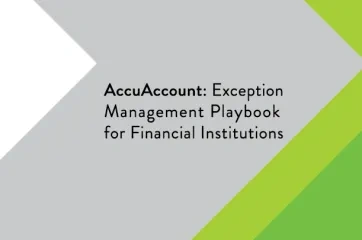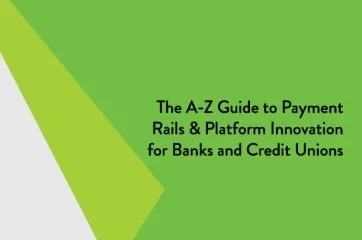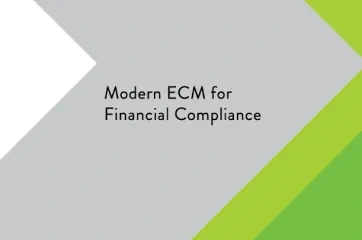Document Capture
Document capture refers to the process of gathering documents into a standardized format, such as in an electronic content management system. Some financial institutions use the phrase “document capture” interchangeably with document imaging, but document capture relates specifically to the document collection phase of the imaging process.
Efficiently converting paper documents into electronic images is a key part of the document capture workflow. Banks and credit unions rely on a variety of document capture techniques, ranging from bulk scanning to system integrations.
Document Capture Use Cases & Examples
Scanning hard copy documents is one of the most common capture strategies used by financial institutions. Common approaches to scanning include:
- Barcode scanning: Barcoded documents and cover sheets contain important indexing information, which saves electronic images to the correct location within the document management system.
- Direct scanning: Scanning documents directly into the correct location eliminates the need for barcodes. Direct scanning works well for one-off document capture situations, such as when a financial institution receives a customer’s tax return.
- Bulk scanning: With bulk scanning, the financial institution electronically captures a large stack of paper documents without relying on barcodes or other indexing information. Once captured, someone from the bank or credit union must review each image to check for QC issues and manually index the document(s).
Capturing documents that are already in an electronic format may require an additional set of tools and technologies, such as:
- Interfaces: Interfacing a financial institution’s LOS, for example, to its document management system can automate the flow of electronic images and indexing information, thereby saving time and reducing the chance for oversights.
- Virtual printers: Using a virtual printer, such as Alogent’s AccuPrint product, allows a financial institution to quickly capture email attachments and other electronic documents without printing to paper.
- Drag and drop functionality: Drag and drop expedites the document capture process by making it easier to transfer electronic documents between and within systems.
- OCR: Optical character recognition (OCR) takes capture to the next level, enabling banks and credit unions to extract information from digitized documents.
Importance of Efficient Document Capture
Most financial institutions manage significant amounts of documentation, much of which still arrives in paper format. Inefficient document capture workflows can erode operational efficiency, create delays for customers or members, and in some cases lead to compliance issues.
Implementing a multi-faceted strategy—one that leverages a variety of scanning and electronic capture technologies—is increasingly important, especially in today’s digital banking environment.
Visit Alogent’s Innovation Hub for document management tips and best practices along with free downloadable tools for financial institutions. Browse more banking definitions or check out our blog.







